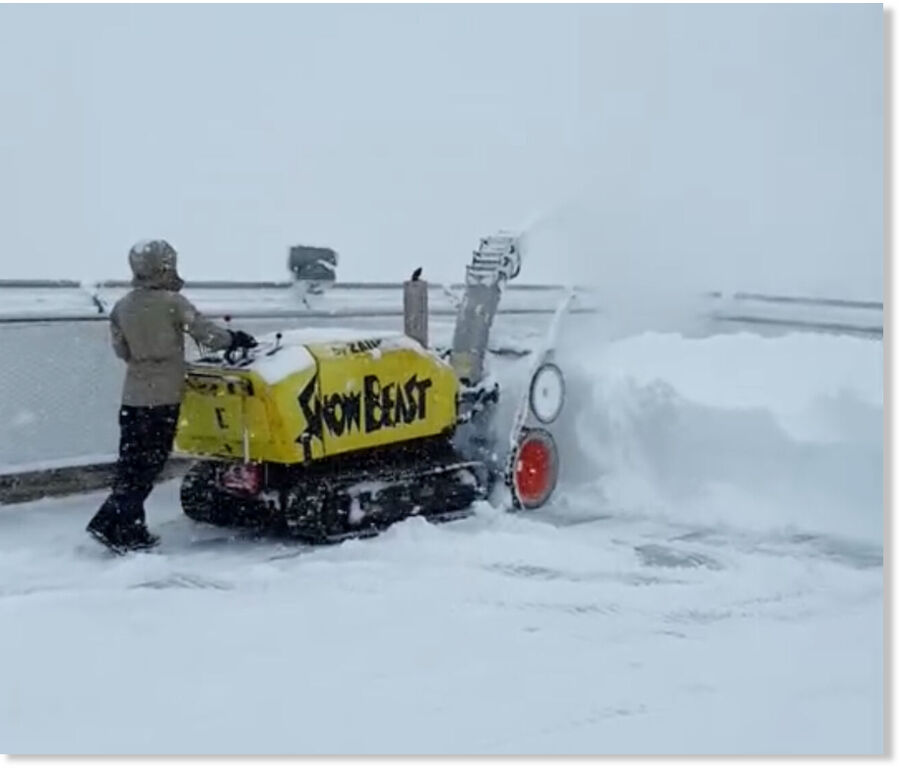
© Zugspitze FacebookIn the last 5 days, around 1 meter of snow fell at the Zugspitze.
Germany's tallest mountain,
the Zugspitze with an elevation of 9,718 feet (2,962 meters), received 16 inches (40 cm) of snow in the last 24 hours and around 3.3 feet (1 meter) in the last five days. Snow conditions at the Zugpitze Ski Area are perfect right now, despite the resort having started preparing for the summer season.
Thanks to the resort being home to one of the last remaining German glaciers and its high altitude, the Zugspitze is open for skiing until May each year. This year the season is scheduled to end on May 1, 2024. Current snowdepth at the Zugspitze, which is measured at the measuring station at 7,382 feet (2,250 meters), is 147 inches (372 cm).
The Zugspitze ski area offers 12.5 miles (20 km) of groomed ski runs across three peaks, the Schneefernerkopf at 9,429 feet (2,874 meters), Wetterwandeck 8,852 feet (2,698 meters), and Zugspitze or Zugspitze plateau at 8,530 feet (2,600 meters). The ski area can usually be accessed from Germany as well as Austria, however, access from Austria is now closed for the winter season.
Comment: At the same time in several nearby countries across this part of northern Europe: